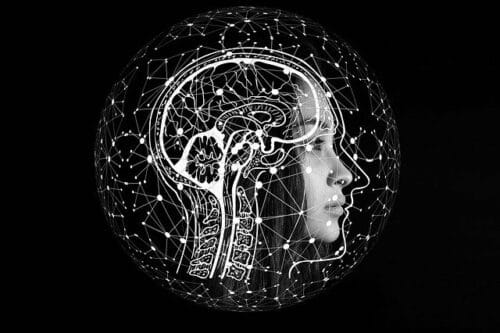A team of researchers at Mila and IVADO has developed a model of the human brain that could assist in understanding how the brain develops complex cognitive abilities and enhance artificial intelligence research.

The study of brain behavior based on cognition is still ongoing and researchers are trying to study the biological mechanisms that relate to neural development and enhance artificial intelligence. A study published in the National Academy of Sciences of the United States of America (PNAS), described a neurocomputational model of the human brain that helps in understanding how the human brain develops cognitive abilities and understanding and finding solutions for learning disabilities and other disorders with enhancement in artificial intelligence.
An International group of researchers from the Institut Pasteur and Sorbonne Université in Paris, the CHU Sainte-Justine, Mila – Quebec Artificial Intelligence Institute, and Université de Montréal implemented neural development over three hierarchical levels of information processing. The first sensorimotor level explores how the brain’s inner activity learns patterns from perception and associates them with action. Secondly, the cognitive level examines how the brain contextually combines those patterns, and lastly, the conscious level considers how the brain dissociates from the outside world and manipulates learned patterns (via memory) no longer accessible to perception.
The model is implemented for solving three tasks with increasing complexity across those levels, i.e. from visual recognition to cognitive manipulation of conscious percepts. The results are based on two fundamental mechanisms for the multilevel development of cognitive abilities in biological neural networks. 1)synaptic epigenesis, with Hebbian learning at the local scale and reinforcement learning at the global scale;
2) self-organized dynamics, through spontaneous activity and balanced excitatory/inhibitory ratio of neurons.
“Our model demonstrates how the neuro-AI convergence highlights biological mechanisms and cognitive architectures that can fuel the development of the next generation of artificial intelligence and even ultimately lead to artificial consciousness,” said team member Guillaume Dumas, an assistant professor of computational psychiatry at UdeM, and a principal investigator at the CHU Sainte-Justine Research Centre.
The researchers are now trying to combine biological and social dimensions at play in human cognition. The team has already performed the first simulation of two whole brains in interaction. This will provide a unique bridge to artificial intelligence toward advanced social consciousness i.e. the human brain.
Click here for the Published Research Paper







